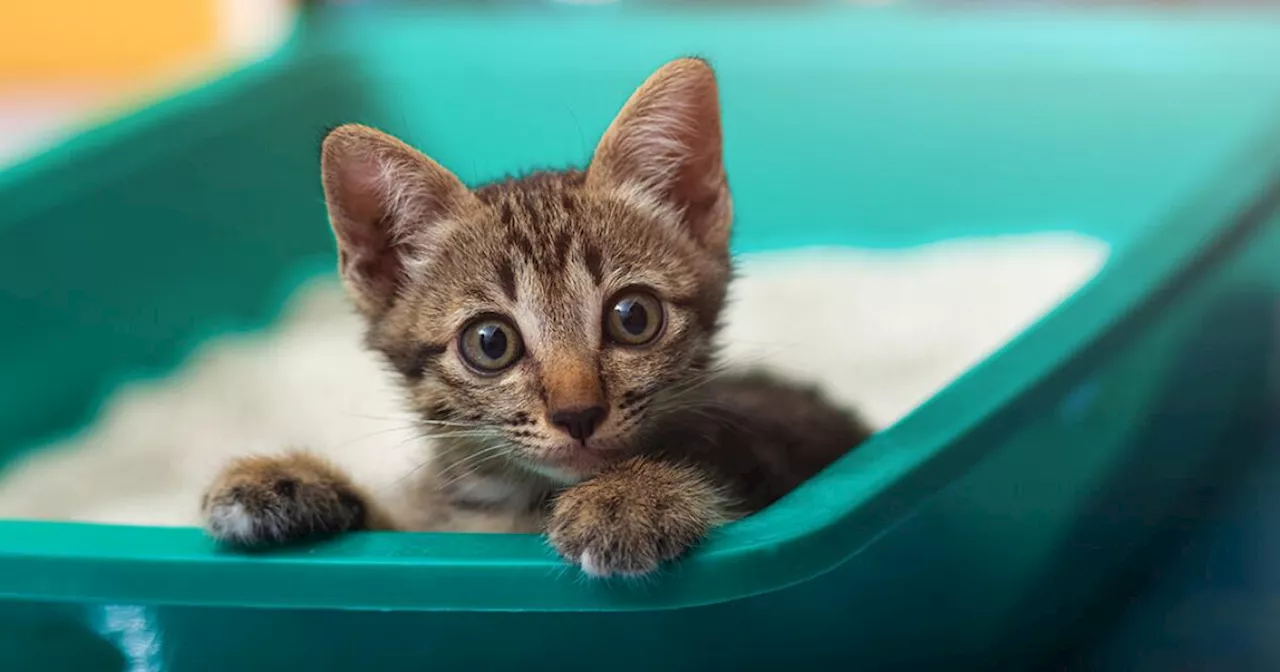Cats are generally expected to use a clean litter box, but many owners face challenges when their pets begin to eliminate outside the designated area. This behavior, known as “inappropriate elimination,” can lead to significant issues, including the relinquishment of cats to animal shelters. Understanding the reasons behind this behavior and how to address it is crucial for maintaining a harmonious relationship with your feline companion.
Common Reasons for Litter Box Aversion
The leading cause of cats avoiding the litter box is a dirty environment. Cats have a highly developed sense of smell, far superior to that of humans. A litter box that is not regularly cleaned can quickly become unpleasant. According to experts, many cats refuse to use a box that has not been scooped daily or that has not had its litter changed frequently. Other factors contributing to this behavior can include litter box aversion, which may stem from the type of litter used or the box’s location.
Veterinary professionals emphasize the importance of ruling out medical issues, including bladder infections, when a cat suddenly stops using its litter box. Bladder infections can increase ammonia levels in urine, which may lead to discomfort and an aversion to the litter box. If a cat demonstrates changes in bathroom habits, a thorough veterinary examination is recommended.
Choosing the Right Litter and Box
Selecting the appropriate litter is vital. Studies indicate that many cats prefer clumping clay litter, particularly those containing sodium bentonite, a natural mineral. Avoiding scented litters is also advisable, as these can be off-putting to cats. Ensuring that the litter box contains 2 to 3 inches of litter and replacing it entirely at least once a month is essential for keeping the environment inviting.
In terms of box selection, some cats may reject covered or hooded boxes. A traditional open box often proves more acceptable. Placing litter boxes in quiet, accessible areas—away from high-traffic zones—also supports good habits. Ideally, cat owners should have one litter box per cat, plus an additional one, to accommodate their pets’ preferences and ensure availability.
Maintaining a clean litter box cannot be overstated. Regular scooping, daily cleaning, and quick responses to any signs of distress from the cat can prevent the establishment of undesirable habits. Furthermore, owners should avoid punishing cats for accidents outside the box, as this can exacerbate anxiety and further discourage the use of the litter box.
Environmental Considerations
While some pet owners may consider flushing cat litter to manage waste, this practice can have detrimental effects on the environment. Flushing litter can introduce parasites, such as Toxoplasma gondii, into waterways. This parasite, which can survive sewage treatment, poses significant risks to marine life. In California, for example, the population of sea otters has declined dramatically, with T. gondii identified as a leading cause of death among these animals.
Legislation in California now requires warnings on all flushable cat litter products, highlighting the potential environmental hazards associated with this disposal method. Additionally, flushing litter can create plumbing issues, especially in septic systems, which are not designed to handle such waste.
By choosing the right litter, maintaining cleanliness, and consulting with a veterinarian when necessary, cat owners can help ensure their pets remain healthy and happy. Prevention of inappropriate elimination is far simpler than addressing it after it begins, making these steps essential for every cat owner.
